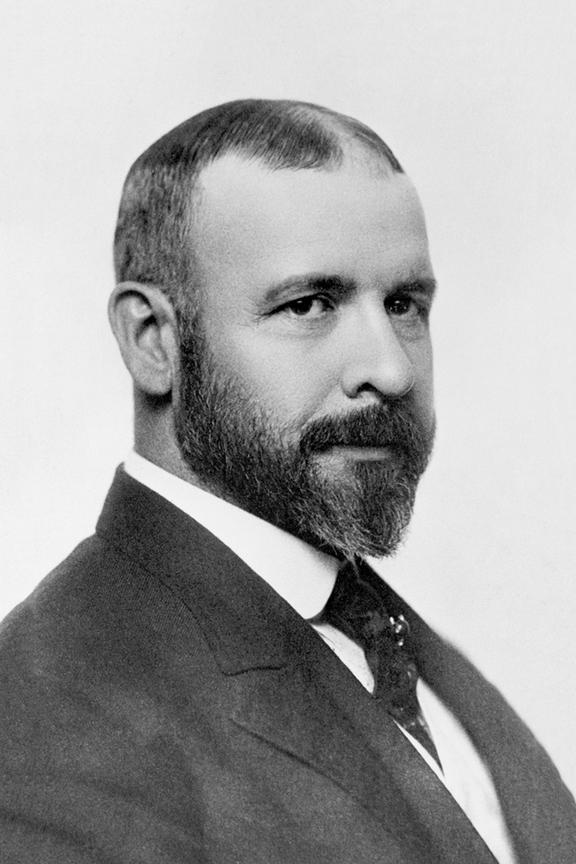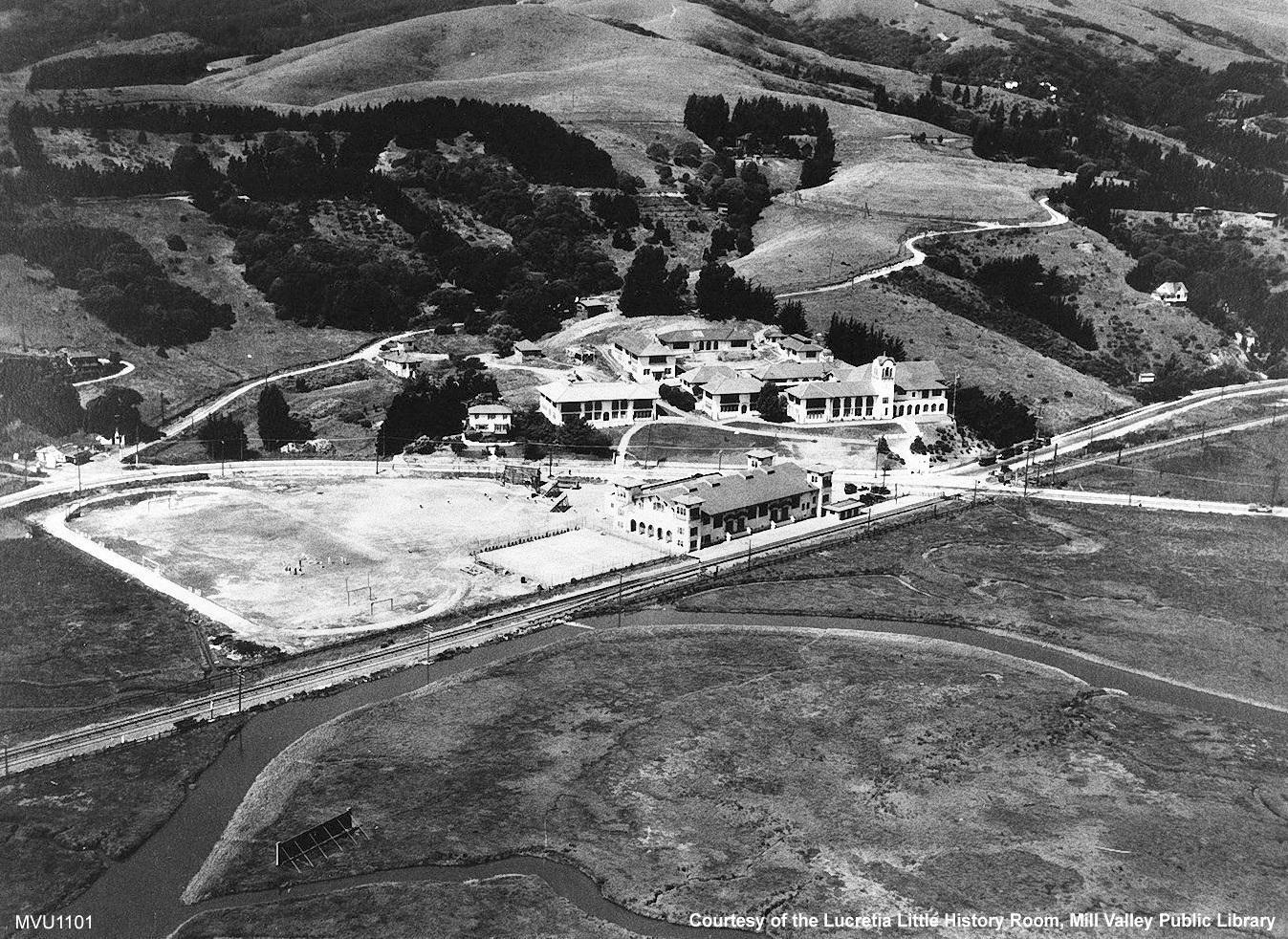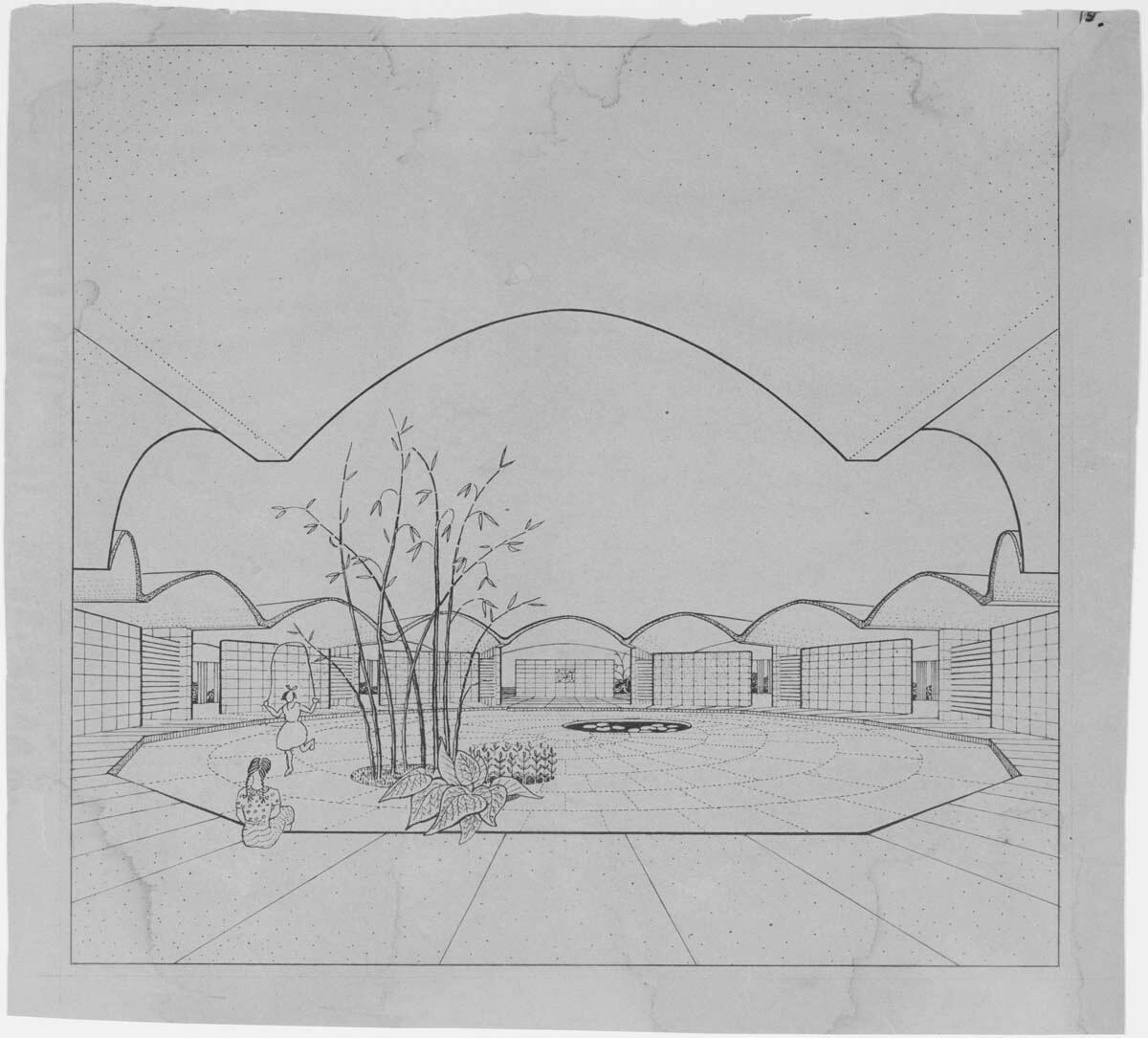JOSEPH ALLEN STEIN

“I’ve often thought that good architecture is more important than great architecture”


“I’ve often thought that good architecture is more important than great architecture”
Joseph Allen Stein, the pioneer of regionalmodernarchitecture is known for his trail of architectural establishments across the regions, from America to the Indian land.


Having born in the city of Omaha, USA, he had his nascent architectural vision grow with the inspirations from the modern American cities and the design solutions revolving around them. His ideas had a major focus on design solutions to the common population. Greatly inspired by the works of FLWrightand LouisSullivan, his style of ‘RegionalModernism’ took a surprisingly different turn from the BauhausModernism of that time.
Regional Modernism focused on the use of natural organic materials such as brick, stone, and wood that had the right blend of simplicity and detail.
The designs developed during World War II were an easy assemblage of structural concrete blocks with cantilevered roof and fewer structural supports with other design prototypes including the walls made of straw. The ultimate idea was on reduction in the use of wood and metal aiding the ease of construction.
Back to Overview

The elegant Californian houses designed by Joseph Allen took their abode amidst the lush landscape of the land that was significant enough to be allowed inside the spatial boundaries with a visual connection through the glass faces.
Having started his own practice, he was responsible for major developments in the region such as the esteemed ‘Californian Schools’ and residential developments such as ‘Ladera’ near Palo Alto that were the image of simplicity and peace post the wartime.


His step into Indian architecture took place at Kolkata where he was the first Head of the Department of Architecture at Bengal Engineering College, Howrah. His vision in bringing architectural solutions with low-cost housing had their appendage in India with his research works in developing the prototypes for urban and rural housing that was exhibited at the International Exhibition of Low Housing in New Delhi. His contributions to the development of government housing in the zones of West Bengal and Orissa did great justice to Nehru’s idea of industrial development aiding the life of the working class. Along with Architect Benjamin Polk and Engineer Benoy Chatterjee he successfully equipped developing industrialized India in coping with the social realities through economic design solutions that were a great reflection of his own simplistic philosophy.

Joseph Allen arrival in Delhi Beckoned the creation of Steinabad- The area around Lodi Garden named after the architect that is swarming with his notable works that include India International Centre, Ford Foundation, UNESCO, WWF, Peace Memorial, India Habitat Centre, etc. The works in the capital city saw a peculiar approach with architectural experimentation by the architect. Along with engineer Vishnu Joshi, he went forward with experimenting with various structural systems, particularly shell structures that brought in the play of light and shadows with the user experiences. These were further accentuated by the landscape design that brought a gradual change in the degree of enclosure within the built environment.

Past the concentration of works on Delhi, his collaborations with Pritzker Prize-winning architect
B.V.Doshi brought the notable works such as Convention Centre in Srinagar, etc. that let him experiment with the regional materials and construction techniques, further incorporating his developing understanding of the climatic and other natural conditions of the Indian land. The insights he gained from the comprehension of Traditional Indian Architecture let him bring the careful blend of materials and nature along with spatial qualities that define engaging user experience.

Joseph Allen’s works were indeed a reflection of himself- Simple and Humble. He is known to have lived a calm life with a common man’s perception of the way of living.
He has always had his vision inclined towards the normalcy of life with the natural touch.
He enjoyed the silent beauty of the ecosystem amongst the mountains of Kashmir for which he took steps for preservation. His ‘vision’ thus went beyond the regional boundaries contradicting his ‘works’ that had a concentration on the regional context.
Thank You
“I’VE OFTEN THOUGHT THAT GOOD ARCHITECTURE IS MORE IMPORTANT THAN GREAT ARCHITECTURE.”
–J A Stein